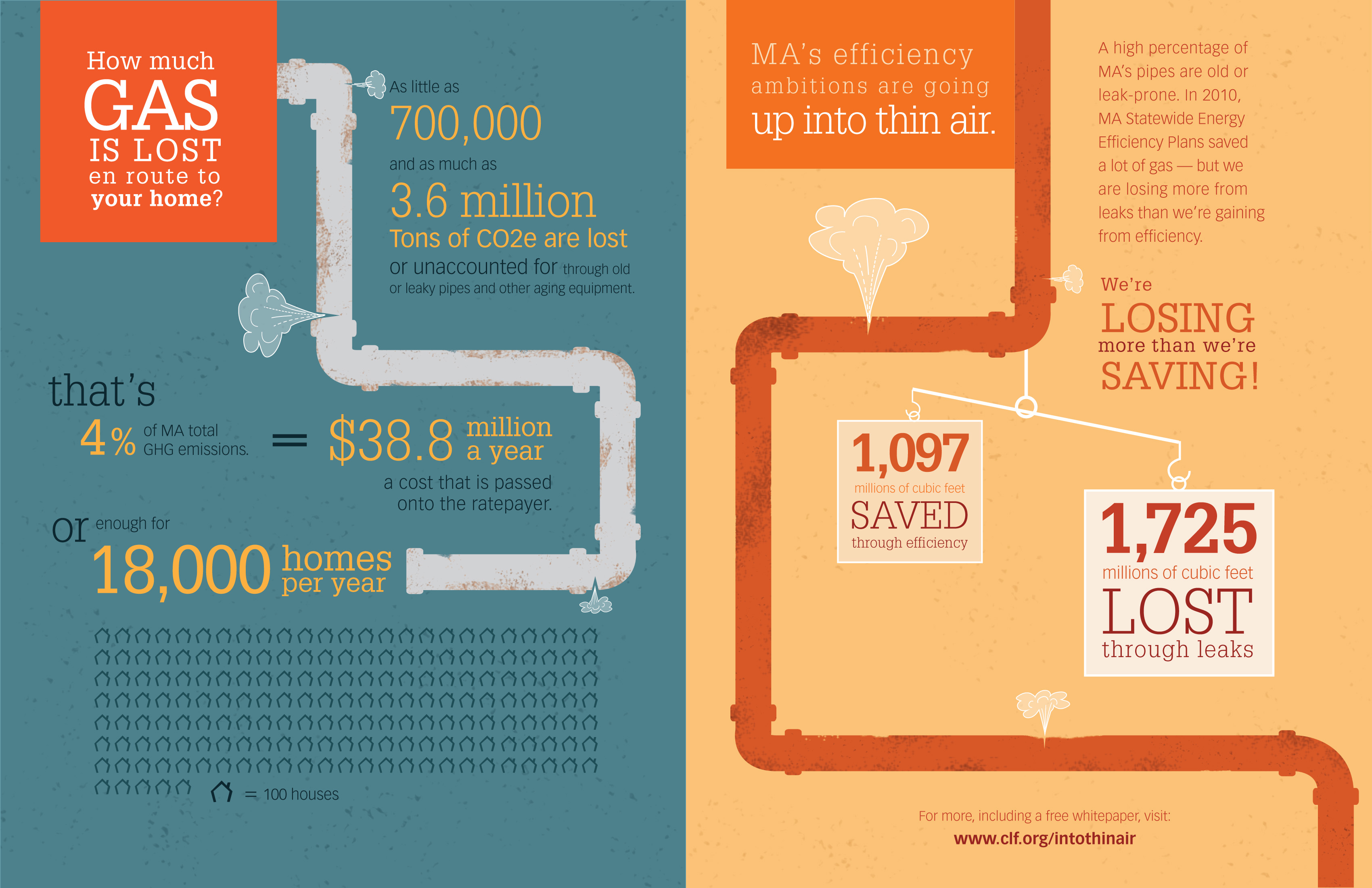Solar Power Vs. Traditional Energy Sources: A Thorough Comparison
Solar Power Vs. Traditional Energy Sources: A Thorough Comparison
Blog Article
Short Article Produced By-Kirkeby Stein
When analyzing the stability of solar energy versus typical energy sources, you might find yourself pondering the long-term sustainability and impact on your financial resources. The intricate balance between first prices, continuous expenses, and ecological ramifications increases sixty-four-thousand-dollar questions regarding the future of power generation. As you browse with the complexities of this comparison, a much deeper understanding of the subtleties in cost-effectiveness, environmental stewardship, and energy protection awaits expedition.
Cost-Effectiveness Contrast
When comparing the cost-effectiveness of solar power with traditional power sources, it becomes apparent that initial investment differences play a pivotal duty in figuring out long-lasting financial savings.
While solar energy systems require a higher ahead of time investment for installment and equipment, they supply substantial long-lasting benefits that can outweigh the initial prices. The essential lies in understanding that solar power systems have minimal ongoing operational and maintenance costs compared to standard power resources like nonrenewable fuel sources.
By investing in solar energy, you can possibly save on energy bills over the system's life-span. Furthermore, with developments in technology and lowering setup expenses, solar energy has ended up being more easily accessible and affordable for property owners and services alike. These cost savings can collect in time, giving a roi that surpasses standard power resources.
In addition, solar power systems supply the advantage of power self-reliance and security against varying energy costs. By using solar panels residential cost of the sunlight, you contribute to a cleaner environment and lower your carbon footprint. Accepting solar energy not only advantages your pocketbook however likewise the planet in the long run.
Environmental Impact Analysis
Solar energy provides an encouraging choice to traditional energy sources due to its dramatically lower ecological influence. Unlike fossil fuels that release harmful greenhouse gases and add to air pollution, solar energy produces electrical power without creating any type of discharges.
The procedure of utilizing solar power involves catching sunlight with photovoltaic panels, which doesn't launch any kind of contaminants right into the environment. This absence of discharges helps reduce the carbon footprint connected with power manufacturing, making solar energy a cleaner and extra lasting option.
In addition, the use of solar energy adds to preservation efforts by reducing the demand for finite sources like coal, oil, and natural gas. By relying upon the sunlight's plentiful and renewable energy resource, we can aid maintain all-natural environments, safeguard ecological communities, and minimize the adverse influences of resource extraction.
Reliability and Energy Landscape Evaluation
For a comprehensive analysis of dependability and the power landscape, it's vital to assess just how solar power compares to typical sources. Solar energy is pushing on as a dependable and lasting energy source. While typical resources like coal, oil, and natural gas have actually been traditionally dominant, they're finite and contribute to environmental degradation.
please click the up coming document , on the other hand, is bountiful and eco-friendly, making it a much more lasting alternative in the long run.
In regards to dependability, solar energy can be depending on weather and sunlight accessibility. Nonetheless, improvements in modern technology have actually brought about the development of power storage space services like batteries, enhancing the reliability of solar energy systems. Traditional sources, however, are prone to rate changes, geopolitical stress, and supply chain interruptions, making them less dependable in the long term.
When evaluating the power landscape, solar energy supplies decentralized power production, reducing transmission losses and raising power protection. Standard resources, with their centralized nuclear power plant, are a lot more vulnerable to disturbances and call for extensive infrastructure for circulation.
Conclusion
Finally, when comparing solar power to conventional energy resources, it is clear that solar energy uses an affordable, environmentally friendly, and reputable alternative. With minimal operational costs, possible cost savings on energy bills, and a dramatically lower environmental influence, solar energy is ending up being a much more sustainable and safe and secure alternative. Accepting solar energy can help reduce greenhouse gas discharges and contribute to preservation efforts, making it a compelling selection for the future.
